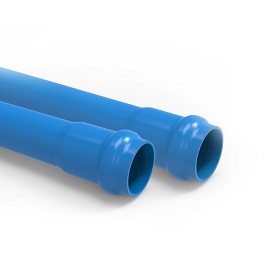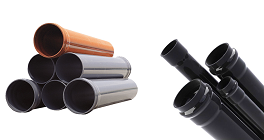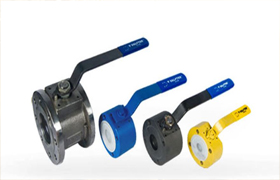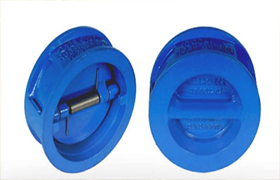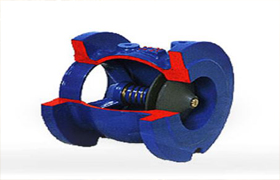Two types of U-PVC Pressure Drinking
Water Pipes are available in seven main classes, with a nominal pressure of 20,
PN 6, PN 8, PN 10, PN 12,5, PN 16, PN20 and PN25 at 20 ° C. diameters,
according to the coefficients of the appropriate wall thickness and 6 mt. in
length, in series. Different nominal pressures and lengths can be produced
according to the order. PVC-U Pressure Pipes are produced as resistant to
organic and inorganic acids.
Advantages:
- It is lightweight and provides ease
of transportation and installation.
- Long life.
- Resistant to corrosion.
- Pressure loss is low.
- Its surface is smooth and glossy.
- It is not flammable and explosive.
- It has high impact resistance.
- Fully compatible with pressure
fittings.
Usage:
- Underground and overhead water
transport systems (city and industrial areas, clean water systems),
- Agricultural irrigation systems
(main carrier and distributor pipe),
- Electrical and communication systems
(Cable and network system installation),
- Sewage, waste water and in the
discharge system
- Chemical and industrial plants.

 Türkçe
Türkçe English
English русский
русский











